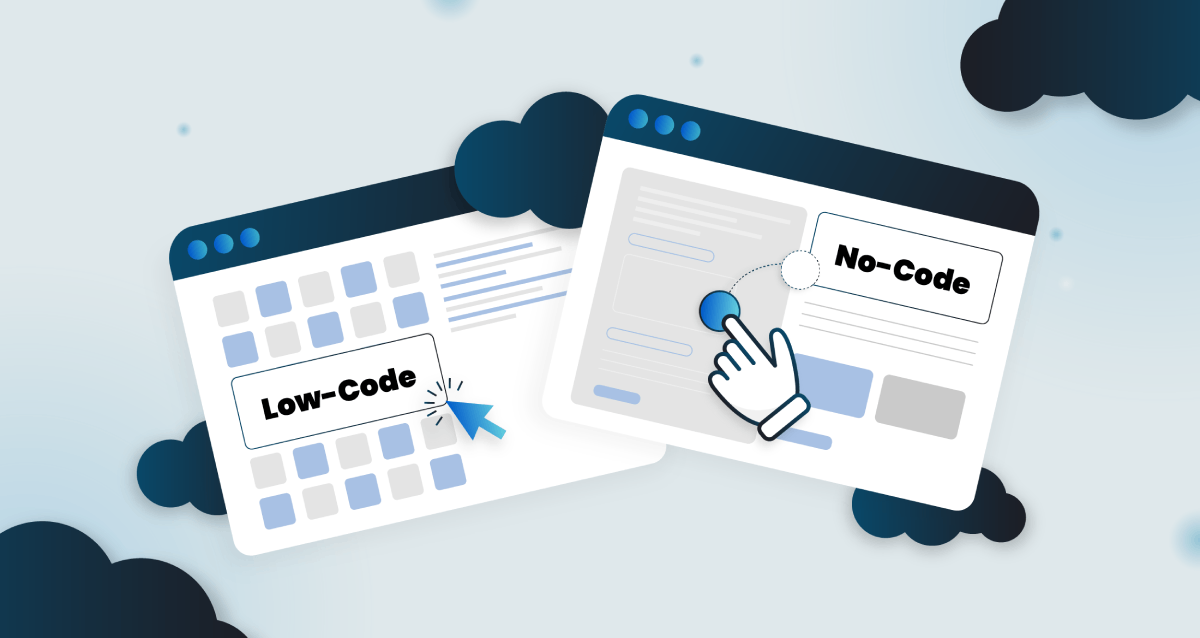When working with third-party development teams, it’s not always evident how skilled they are. More specifically, are they capable of writing secure code? It’s especially relevant as more developers start to rely on AI for help.
Many organizations using SecureFlag already train their internal developers with our hands-on labs. But what happens when development is outsourced to contractors or external agencies? Security shouldn’t be left to chance or assumed based on a contract.

Developer Security Skills Vary
It stands to reason that not all contractors have the same strengths. Some are highly experienced professionals who’ve seen it all. Others might be the first juniors available on short notice.
It can be difficult to assess the security skills of external developers, particularly when the work is delivered remotely and without much transparency into the development process. A completed feature doesn’t mean it’s secure. Without proper testing or review, you might be inheriting risk without realizing it.
Verify with Labs
More than 35% of breaches last year were linked to third-party compromises, so relying on contractor teams without vetting their secure coding skills can be a serious risk.
SecureFlag’s training labs offer a straightforward way to evaluate the real-world security skills of any developer, whether they’re internal team members or third-party contractors.
Before contractors begin working on projects, organizations can use SecureFlag to test their secure coding abilities. Companies can find out beforehand whether they are equipped to write secure code or if vendors simply use the first person available.
By using lab performance as an evaluation tool, organizations can filter out low-skill candidates, avoid costly rework, and reduce the likelihood of security vulnerabilities entering the codebase.
Assess Skills Behind AI
Another concern when onboarding contractors is the extent to which AI is used to write code. AI-assisted tools such as GitHub Copilot and ChatGPT can accelerate development, but they don’t always produce secure code.
That’s why a strong understanding of secure coding fundamentals is still essential. Developers need to know when AI-generated code is safe and when it’s not.
SecureFlag labs include support for agentic AI and LLM-related topics so organizations can feel confident that developers, whether internal or external, aren’t just relying on AI but truly understand how to code securely.
Hold Suppliers to Security Standards
Assessing third-party developers isn’t about adding additional processes just for the sake of it, but rather holding them to the same standard you expect from your internal team. If your own engineers need to pass a certain threshold in SecureFlag, why should contractors be any different?
With SecureFlag, you can:
-
Evaluate suppliers before signing a contract.
-
Set lab performance thresholds as part of your procurement requirements.
-
Monitor ongoing developer performance throughout the engagement.
-
Build trust in your external development processes.
What Are SecureFlag Labs?
For those not in the know, SecureFlag offers lab-based, practical training that goes beyond theory and multiple-choice questions. It offers:
-
Thousands of hands-on exercises covering more than 50 technologies, including web, mobile, cloud, infrastructure-as-code, containers, SCADA/OT, and AI/LLMs.
-
Role-specific training designed for developers, DevOps, cloud engineers, and QA teams to ensure practical, relevant skills.
-
Virtualized labs that mirror real tech stacks, not generic environments, so developers practice in setups that match their actual work.
-
Customizable learning paths aligned with industry standards like OWASP Top 10 and NIST SP 800-53, focusing on the most critical security skills.
SecureFlag Supports Internal Teams and Contractors
SecureFlag doesn’t just provide labs, it also offers real-time analytics and on-demand reporting that give managers clear insight into their teams’ secure coding proficiency.
Managers can review areas to focus on via a dashboard that displays actionable information derived from training results, making it easier to identify skill gaps across both internal teams and contractors.
Training plans can also be customized to automatically assign labs based on developers’ performance history, helping to address security shortcomings over time.
SecureFlag supports organizations in ensuring software is secure from the very first keystroke, across both external contractors and internal teams.


